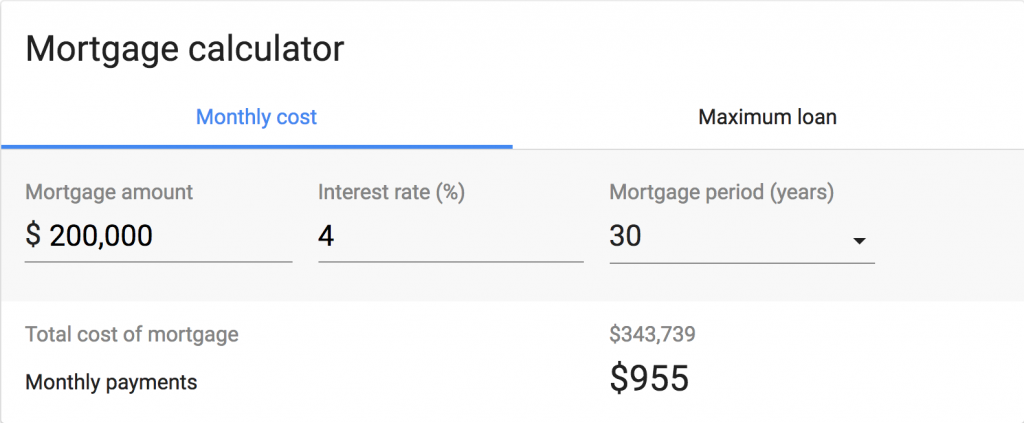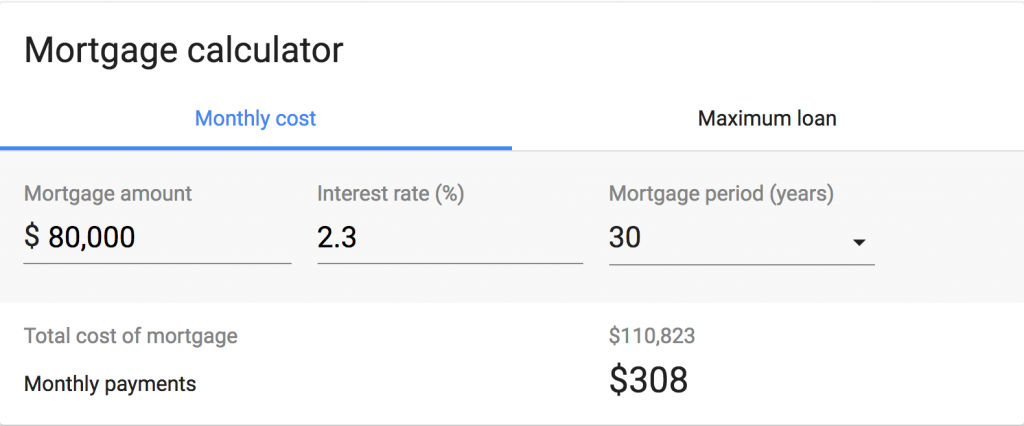This Is Why You Can Lower Your Monthly Payment
“Lowering your monthly payment” could be viewed as unrealistic or “sales pitchy” based on how advantages it would be to anyone to lower their monthly payments to open up the amount of cash they could have each month to save, invest. or indulge into their latest project/ideas. The truth is that it IS easy to lower your monthly payment and what we’ll do here is explain how this is possible.
For this example, we’ll use a $200,000 mortgage loan over 30 years at a 4.00% interest rate.

- $200,000 Total Loan Amount
- 4.00% Interest Rate
- 30 Years To Pay It Back
So in this example, the bank plans to make $143,739 off of your loan. This is why the bank will loan you money – because they will make money off of you. 360 months of paying $955 a month equals the total $343,739 they will make total. As the consumer, we accept this fact because all we know is that we need a home and we don’t have $200,000 lying around therefore we need a loan. So how do we get our monthly payments down? Simple, it’s by resetting the loan and essentially restarting the loan with a new lender. So let’s look at a few examples of how and why this can happen.
So in our example, let’s say the home owner has been in the loan for 15 years paying this $955 a month and now needs to lower their monthly payment. 15 years of paying $955 a month totals $171,900 of the total $343,739 they owe which is half. This means they have $171,900 left to pay. There’s a lot of different variables that come into play, but someone who has made payments for 15 years has a LOT of credibility with banks and therefore can get lower interest rates. So now instead of 4.00, this home owner can get a loan for 2.3%. Of the remaining amount owed, how much of it was actually apart of that $200,000 that was part of the original loan and how much of it was part of that $143,739 the bank was going to profit?
This varies, but parts of each payment go into both amounts and is weighted toward paying most into the profit. This is because the bank knows you can refinance. You have to contact your lender to get this amount, but in our example, we’re going to say that there is still $80,000 left to pay towards the home. Here is what the new monthly payment could be:

So by refinancing, the new lender pays off the amount still owed on the home ( principle) to the first lender. By paying off the entire principle left owed, the first loan is finished and you will not have to make any more payments. Your new lender who paid the $80,000 is who you make your new payments to. Making sure you get the best rates while refinancing is what you’re looking for. What will be primarily looked at is how well you handled your first loan and how consistent your life remains to be.
- Did you miss any payments? If so, did you catch up to get back on track?
- Did you make your payments on time?
- Did you change jobs?
- Did your spouse change jobs?
Showing you are less of a risk to the lender gets you a better loan rate and enables you to lower your monthly payment. This is important to know as a first time home buyer getting your first loan so you can understand the importance of handling your mortgage loan the right way. Not missing your mortgage payments will help you save money through refinancing later.
There are ways for people who have had bad mortgage payment history to save money by refinancing as well. For this, we recommend you to contact us and allow us to help you go the right direction as many people in the lending world will always be trying to take advantage of home owners. We’re here to help as many people avoid that as possible.


